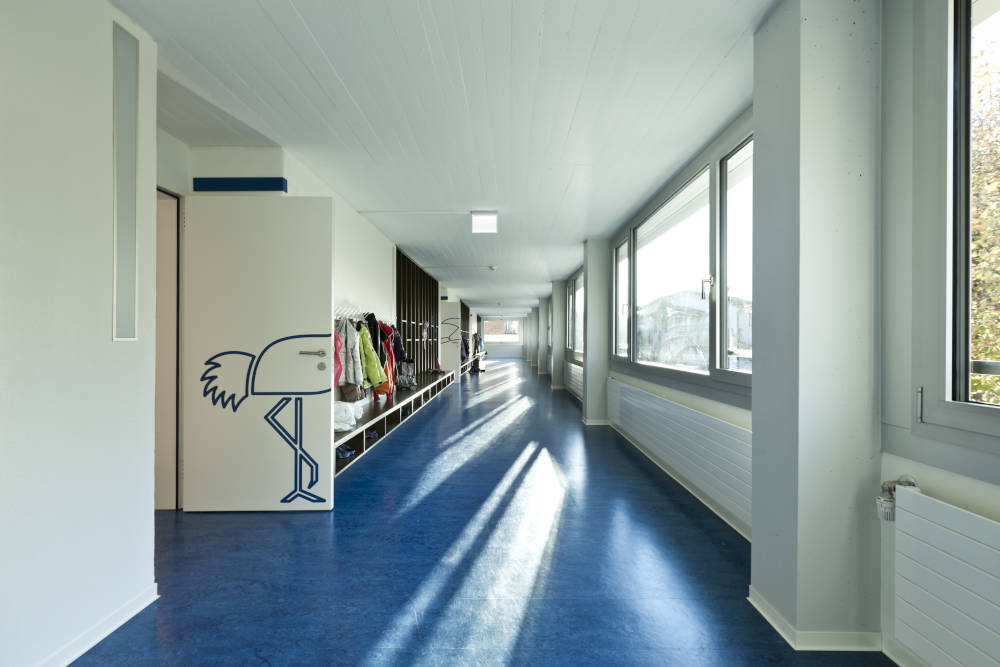
29 May How cap and cove flooring installed
Capped and coved flooring, especially in health applications, offers several advantages and benefits, particularly in terms of hygiene. This type of seamless flooring installation creates a smooth transition between the floor and the wall, eliminating hard-to-reach corners and gaps where dirt, dust, and pathogens can accumulate.
Professional installation
When properly installed by expert installers, like Easifit Flooring, capping and coving provides many benefits:
- Enhanced hygiene: By eliminating corners and gaps, capping and coving flooring prevent the accumulation of dirt, bacteria, and other contaminants. This is crucial in healthcare settings, where cleanliness and infection control are paramount.
- Easy cleaning: The seamless transition between the floor and the wall allows for easy and efficient cleaning. With no corners or gaps to trap dirt or debris, the floor can be thoroughly cleaned using standard cleaning procedures, reducing the risk of cross-contamination and the spread of infections.
- Improved infection control: Capping and coving flooring contribute to better infection control practices. The smooth and continuous surface minimizes the potential for bacteria and other pathogens to harbour and proliferate, reducing the risk of healthcare-associated infections.
- Durability and longevity: Professionally installed capping and coving flooring systems are designed to be highly durable and long-lasting. They can withstand heavy foot traffic, frequent cleaning, and exposure to various chemicals and disinfectants commonly used in healthcare environments.
- Aesthetics: In addition to the functional benefits, capping and coving flooring can enhance the overall appearance of a space. The seamless design provides a sleek and modern look, creating a visually pleasing environment for patients, staff, and visitors.
Easifit Flooring is well-regarded for our expertise in installing capping and coving flooring. Our installers understand the specific requirements of health applications and are fully trained to follow industry guidelines.
The installation process
Surface preparation
The existing floor and wall surfaces are prepared by ensuring they are clean, dry, and free from any contaminants. This may involve removing old flooring materials or smoothing out uneven surfaces.
Adhesive application
An appropriate adhesive is applied to both the floor and wall surfaces. The adhesive is carefully chosen to ensure proper bonding and compatibility with the flooring material.
Capping and coving installation
The capping and coving strips, typically made of PVC or other resilient materials, are installed by bending and securing them in place. The strips are carefully cut and positioned to achieve a seamless transition between the floor and the wall.
Finishing touches
Once the capping and coving are installed, any necessary finishing touches, such as trimming or sealing, are undertaken to ensure a neat and professional appearance.
In summary, capping and coving flooring systems can be seamlessly integrated into healthcare environments, providing increased hygiene benefits and maintaining a high standard of cleanliness. We look forward to working alongside your professional building contractors to deliver a seamless fitout service, just like the floor. For prices and more information please call today for a chat.
May 29, 2023

































